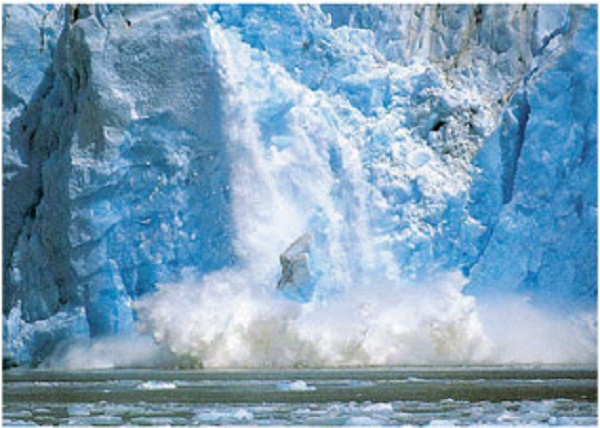Climate change impacts the agricultural sector to a great extent. There are several climatic factors which determine the quantity of crop production for a year such as rainfall, relative humidity, wind and light.
Frequent climate changes and extreme weather conditions like flood or draughts result in decreased yields. In this scenario, it is important for the farmers to have a general knowledge about the sustainability of different crops to deal with frequent weather conditions in a better way.
This article will highlight the best and the worst crops to sustain against climate change and extreme weather condition.
Least Prone Crops against Climate Change
Extreme weather like flood and drought is disastrous for crops. There are crops which are least likely to stand against climate adversities. Here are 4 crops which cannot withstand bad weather conditions:
- Wheat-
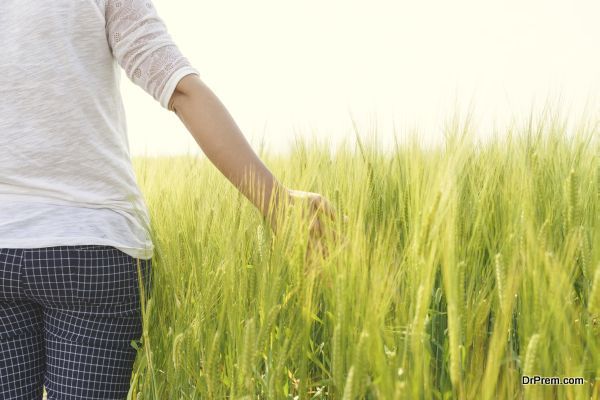
Wheat is one of the majorly grown crops in India. India produces up to 87 million tonnes of wheat and is the second largest producer of wheat in the world after China. The productions rise when the weather conditions are in favor. Wheat is best grown in temperature ranging from 21-24 degree Celsius.Also, dry weather conditions are favorable for the production of heat as humidity may enhance a number of wheat diseases. Wheat cannot withstand higher temperatures and therefore heat waves are a constant threat to the production. Higher temperatures may result in the lesser gain filling, floral infertility, delayed flowering time and poor establishment.
- Coffee-
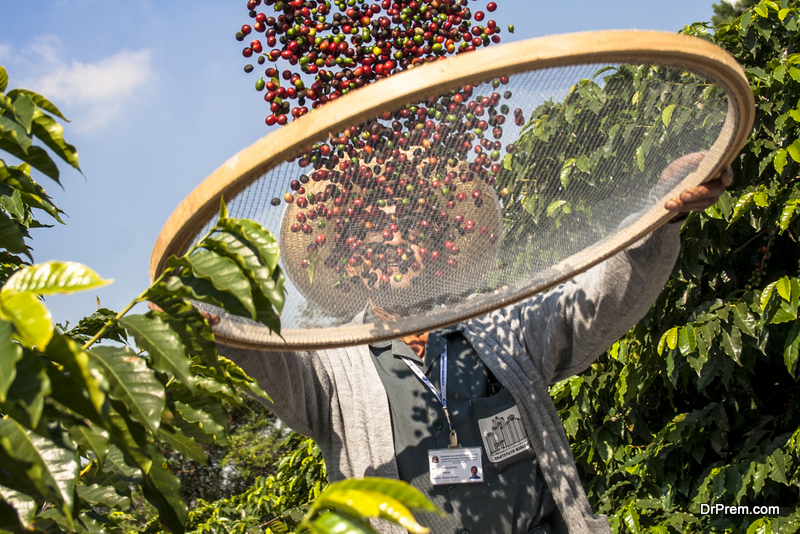 The production of coffee in India is mostly centered in the Southern part of India with Karnataka and Kerala accounting for most of the production. The ideal temperature to grow coffee is around 23-28 degree Celsius and the production is hampered both in extremely dry weather and freezing temperature.A research conducted by Royal Botanical Gardens at Kew, United Kingdom revealed that even a minor rise in temperature as much as 4 degrees Celsius can lead up to 59% in suitable land for growing coffee.Results also revealed that a decrease in rainfall will reduce the production of Arabica, the world’s most popular coffee bean up to 60%.
The production of coffee in India is mostly centered in the Southern part of India with Karnataka and Kerala accounting for most of the production. The ideal temperature to grow coffee is around 23-28 degree Celsius and the production is hampered both in extremely dry weather and freezing temperature.A research conducted by Royal Botanical Gardens at Kew, United Kingdom revealed that even a minor rise in temperature as much as 4 degrees Celsius can lead up to 59% in suitable land for growing coffee.Results also revealed that a decrease in rainfall will reduce the production of Arabica, the world’s most popular coffee bean up to 60%.
- Corn –

Corn, surely is a summer crop but researchers say that extreme temperature, climate change and dryness in the weather during the season of pollination and fertilization of corn is more likely to decrease corn yield by 8% each day. Warm weather and long sunny days are great for corn production to bloom. But extreme heat and frost are two imposters to high corn yields.Corn also requires rich and moist soil and therefore, adequate rainfall is a necessity too. In the event of heat stress, corn may be the poorest among the crops to sustain.
- Almond-

Almonds grow best in Mediterranean climates and the ideal temperature to grown almonds range from 15-30 degree Celsius. California is the largest exporter of almonds in the world but its production is largely dependent on water from the state irrigation canals.The snow on Sierra Nevada Mountains melts during the summer to fill these canals and thus, boom almond yields. The increase in average world temperature will cause the snow to melt more quickly and thus, will leave farmers in a muddle in the late summer time due to the lack of water. Extreme climatic change in the coming years seem to have an adverse impact on the growth of almonds as summers will be drier and the rains will be wetter.
The Best Crops against Climate Change
Scientists believe that alterations in the pattern of crop growth are the solution to lower yields due to climate change. The shift from the traditional patterns of crop growth to a more sustainable method of production will increase the levels of calories and proteins in crops up to 20% and also make the crops self-sustainable.
However, here are some crops which are the best against climate change:
- Millets-

Farmers worldwide are turning more to drought-resistant crops like millets as a solution to decreased yields due to extreme weather conditions. Millets are hardy seeds and can grow in the driest of lands, even in the absence of soil moisture. Sorghum, Barnard millet, Foxtail millet, Finger millet and pearl millet are some of the most common millets grown. These crops are highly nutritious, rich in fiber and are easily digestible. Also, millets require lower cost inputs than most of the other staple crops. - Maize-
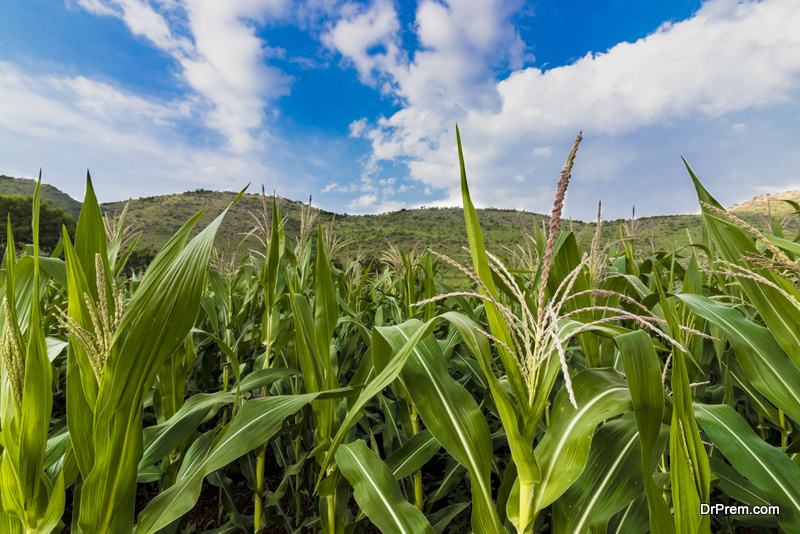
Another addition to the list of draught-resistant crops is maize. Maize crops can sustain high temperature but necessarily require up to 140 frost free days to grow. To make maize most prone to climate changes farmers all around the world are using the latest technologies and strengthened breeding systems which have resulted in an increase in yield up to 20%. Thus, Maize varieties in counties like Zambia, Zimbabwe and Malawi are rich in pro-vitamin A and zinc which prevents blindness in children.
- Horse gram-
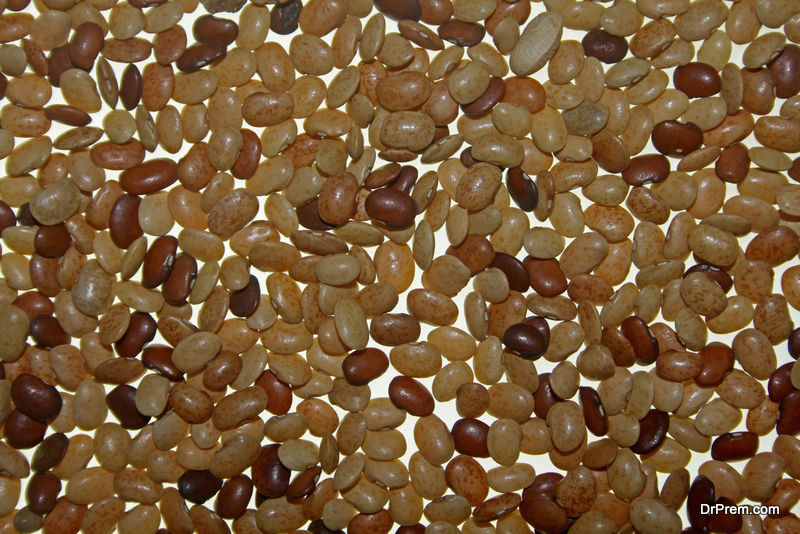
It is a native Southeast Asian and tropical African crop which can be cultivated in areas with low annual rainfall. Horse gram is not cultivated in higher altitudes due to the wet climate and cool weather. This crop too, does not require a lot of inputs and is most prone to climate change. Although the crop does not attract much attention, it is a great source of energy and protein. Horse gram meal is easy to digest and also helps with weight loss, common cold and fever, constipation, kidney stones and ulcers, diarrhea, cholesterol and skin rashes and boils. India is a country which grows horse gram in large acres.
Final Words
The fact that climate change is most likely to mess with your food habits should no more come as a surprise. A study revealed that the global yields would fall as much as 35% if the greenhouse emissions are not kept in check. On the other hand, the world population is likely to reach 8.5 billion by 2030 which compels us to wonder about the food scarcity in the coming years.


